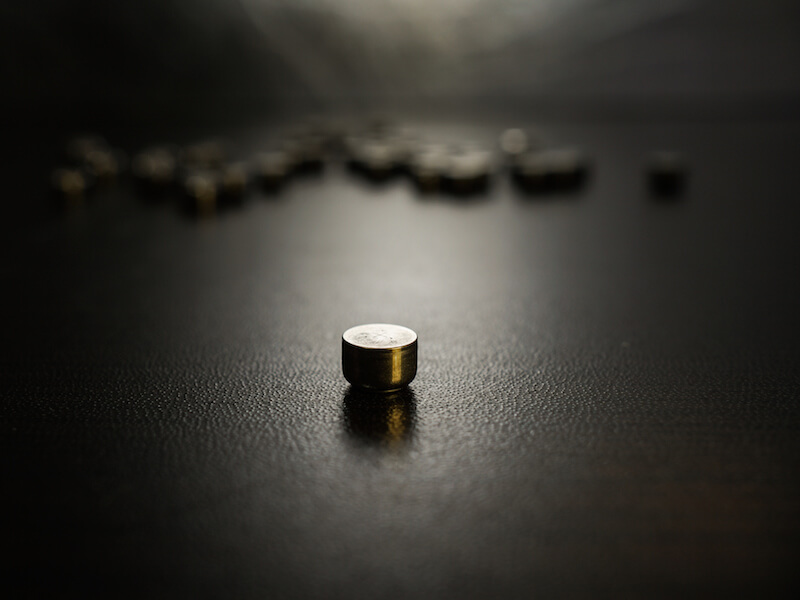
From cameras to phones to music players, how we power our electronics has evolved. A powerful, rechargeable hearing aid battery is finally realizing the hopes of hearing aid manufactures to replace the antiquated disposable power sources of the past.
Disposable hearing aid batteries have traditionally been the power source of choice among manufacturers, with size 312 batteries being one of the more prevalent battery types. These days, the most popular version of these batteries is known as a “zinc-air” battery.
Disposable Hearing Aids Have a Downside
The presence of air impacts a zinc-air battery, as the name suggests. The user needs to pull a small tab off the back of a 312 zinc-air battery in order to activate it.
They will start losing power as soon as they are fully oxygenated. That means power is start to drain whether the user is ready for it or not.
The biggest downside to disposable batteries, for most users, is how long they last. Some reports have estimated the average life expectancy of a size 312 disposable battery to be from 3 and 12 days, which means users could replace their batteries about 120 times every year.
Because of this, besides needing to buy 120 batteries, the user will have to change and properly dispose of batteries at least twice a week. From a cost point of view alone, that likely equates to over $100 in battery costs.
Advancements in Rechargeable Batteries
Rechargeable hearing aid technology has progressed to the point where it’s now a practical option and that’s good news for people who use hearing aids.
The vast majority of people would wear rechargeable hearing aids if given an option according to some studies. Until now these models have traditionally struggled to give a long enough charge to make them practical. But today’s rechargeable batteries will hold a charge all day without needing a recharge.
Rechargeable batteries won’t save users significant amounts of money, but they will make quality of life better.
In addition to supplying 24 hours of charge time, these new models lead to less aggravation for the user, since there’s no more changing and properly disposing of batteries. They just need to put the battery on the charger.
A disposable battery nearing the end of its life simply can’t function at full power. And you can’t determine how near the battery is to quitting. Because of this, users chance putting themselves in a situation where their battery could die at a crucial time. Not only is this a safety concern, but users may miss out on important life moments because of a faulty battery.
Hearing Aids Come in Different Types
There are unique benefits to each of the different materials that rechargeable batteries are made of. The ability to hold a charge for 24 hours is one reason why integrated lithium-ion batteries are one viable option that manufacturers provide. You may be surprised to know that this same type of technology is what charges and powers your smart-phone.
Another type of contemporary rechargeable battery is a silver-zinc. This revolutionary technology was initially manufactured for NASA’s Apollo moon missions. You can even use this technology to modify and retrofit the existing hearing aids you’re comfortable with by converting the device to rechargeable power. These batteries, similar to lithium-ion, will also last all day before needing to be recharged.
There are also models that let you recharge the hearing aid without taking out the battery. During the night, or at some other time when the hearing aid isn’t being used, the whole hearing aid can be put directly into the charger
While all of these rechargeable strategies provides considerable advantages over disposable batteries, each approach should be carefully vetted to get a complete picture and to discover if it’s right for you.
Check out our hearing aid section if you’re searching for more information about what battery would be best for you or any other info about hearing aids.